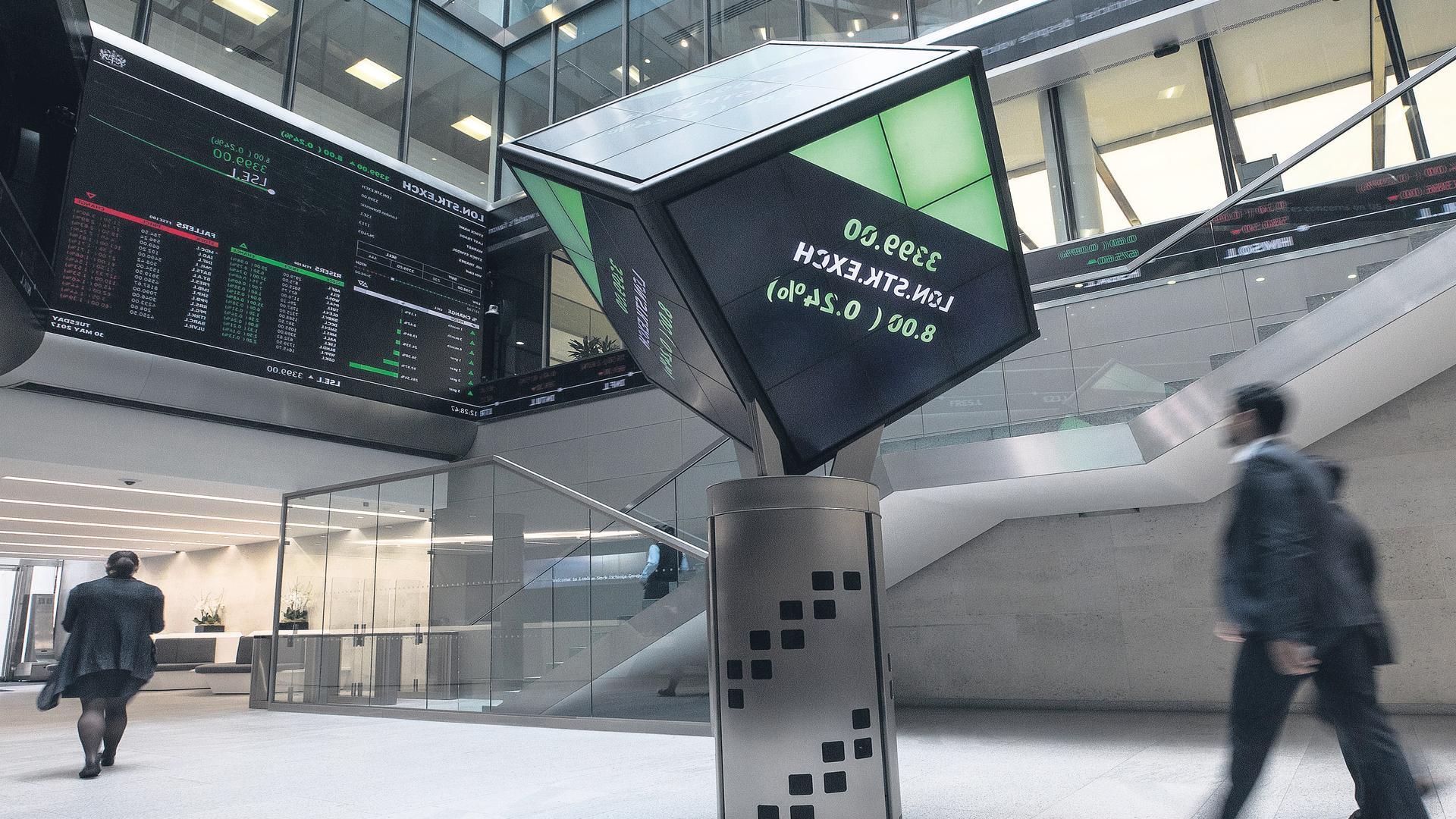
The London Stock Exchange
Coffee House
A major business centre that developed in the 17th century, Amsterdam had much to offer young entrepreneurs when they started trading on a large scale after 1680. An excellent, naturally protected harbour on the River Amstel provided a safe trading base. The addicts soon formed a group close to the Exchange building. The Royal Exchange was opened by Elizabeth I in 1571. It cost £4000 to construct and was a marketplace for traders to buy and sell goods.
The building was designed by Thomas Gresham with a wooden market arcade atop arches, My City of London (mycityoflondon.co.uk). (source continues). On 19 May 1708, the Society for the Promotion of Arts, Manufactures and Commerce held an auction known as "Little-Go" at Carter's coffee house on Little Tower Hill in London; it was the first stock exchange in London. The Royal Exchange, London, opened in 1571. It was the first specialist commercial market venue in London, and for a long time the only one.
History
Ever wanted to learn more about investing? It can feel overwhelming at first, but there is no better way to get started than right here. We’ve broken down investing terms, financial lingo and trading strategies for beginners. Everything you need to know is right here, so take a look. The Docklands Light Railway also runs every 15 minutes on Friday and Saturday nights between 12:30am to 4:30am in both directions. The service was introduced following a successful trial in 2014 which ran throughout the duration of the London Design Festival.
Mergers And Acquisitions
Deutsche Borse revived the plans for a merger in 2003. It called for the LSE to take over the Xetra trading system, but this decision was met with resistance by the London Stock Exchange and European competition authorities. Deutsche Borse withdrew its funding of the merger on 15 September 2004. The failure led to an acquisition offer from Euronext in 2005, which itself was successfully blocked by the FSA. Separately, Deutsche Borse and NYSE Euronext signed an agreement for co-operation on 30 January 2010, that aimed to merge their derivatives and cash trading businesses at some point in the future.
On 28 February 2005, Euronext announced that the London Stock Exchange would be merged with Borsa Italiana, Amsterdam Stock Exchange and Brussels Stock Exchange to create the European Stock Exchange (ESX), based in Geneva, Switzerland. Officials at Deutsche Boerse in Frankfurt had previously stated that they were prepared to stand in the way of any hostile takeover by Euronext. However, with 75% of both groups shares being controlled by the German Government and various European governments backing Euronext 's offer, it was accepted.
On 12 February 2001, it was announced that the LSE would merge with Euronext S. A., the European Union's leading clearing house. The new company kept the LSE name and its headquarters in London. Initially, there was extreme resistance from politicians and regulators in France. This is because less than a year before the merger, Euronext S. A. had purchased NYSE member Paris Bourse and with it some of France's cultural prestige (in terms of finance).
They hoped to force LSE to reverse the merger but were not powerful enough to succeed. The LSE then made a merger agreement with the New York Stock Exchange (NYSE) in December 2001 off the back of an improving economy. However, the terrorist attacks on 11 September 2001 convinced them not to proceed since they felt it might hurt stock trading on both exchanges. On 17 July 2001, the LSE and the New York Stock Exchange agreed to merge in an all-stock deal with an estimated value of US$10bn.
The Exchange Before The World Wars
The first move planned was to extend the existing building eastwards, and erect a new building on Cannon street, north of the existing Exchange, with the intention of demolishing it once an appropriate site for a new purpose-built home had been found. This called for another committee, called 'Committee No. 1', with Sir Anthony Deane as chairman. Plans were drawn up by architect John T. Robinson, but the committee eventually resigned due to financial constraints.
The site was on the corner of 24th and Pine Street, and it was designed by Joseph T. Harris, who also designed the Philadelphia Gas Works Building in 1852. The three-story structure, a total of 26,000 square feet, was to be made entirely of granite. Construction costs were estimated at $70,000 which would give the Exchange room for several more years of growth. In August 1853, the Exchange was once again in a state of transition, and took up residence in the Turkish Court, Covent Garden Hotel.
Shortly afterwards, it returned once again to the Strand for a few months. In 1854 the lease on this building was not renewed for various reasons; one being the debt owed by the owner of the hotel. The desire for expansion was emphasised in 1855 when the Exchange acquired New Court, a new building adjoining on the north and so renamed it North Court. Still the growth continued. In 1861, a further site was purchased between Cornhill and Threadneedle Street, on which the Royal Exchange building was built.
The final move came in May 1854. The Exchange moved to the new 19-story Sun Building located at the corner of Broad and Water Streets. It was here where the Delaware House (now known as the Society Hill Hotel) once stood, which was once part of William Penn’s real estate during Philadelphia’s first boom. The new City of London Club House was built on the corner of Throgmorton Street (formerly Throgmorton Street Passage) and incorporated all features required for the new business, from a membership room to dining facilities.